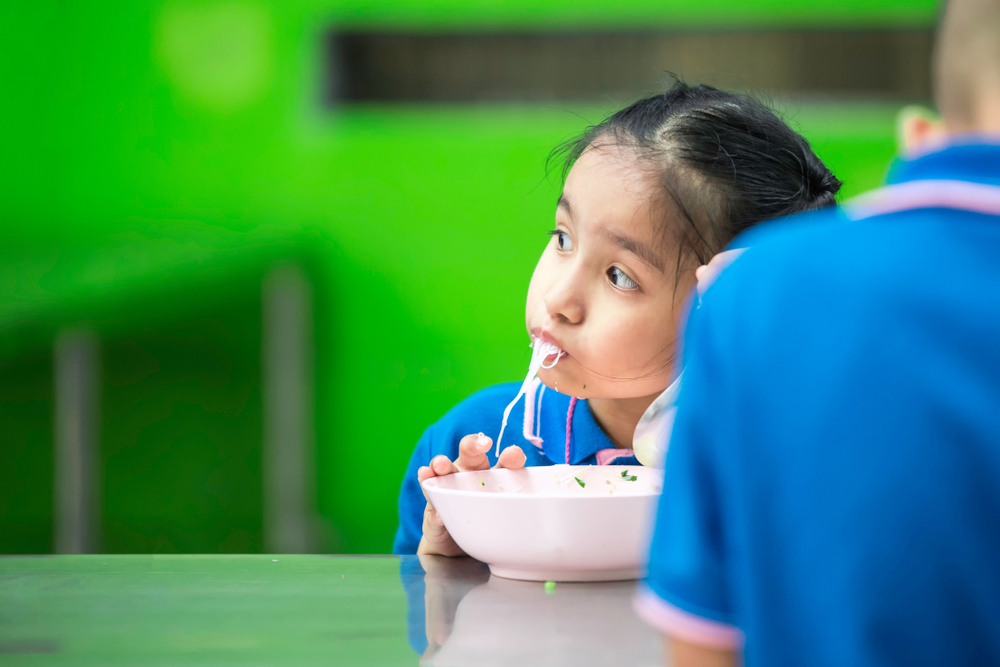
Obsession: Separation Anxiety
Written by: Hong Kong Registered Psychologist, Ching Wai KeungAround nine months of age, babies become unusually clingy. Even if themother goes to the bathroom, the baby may appear extremely anxious,clinging tightly to the mother and even crying loudly.Separation anxiety can lead to two different types of reactions. In some cases,when separated from the caregiver, the baby will exhibit attachment-seekingbehaviors, such as clinging to the mother, trying every possible way to find themother, or crawling wherever the mother goes (Ainsworth, Bell, & Stayton,1971). Separation can also result in behaviors such as despair, resistance,and detachment, depending on the duration of the separation (Bowlby, 1960;Robertson & Robertson, 1989).A child’s reaction to separation can also change depending on theenvironment. For





